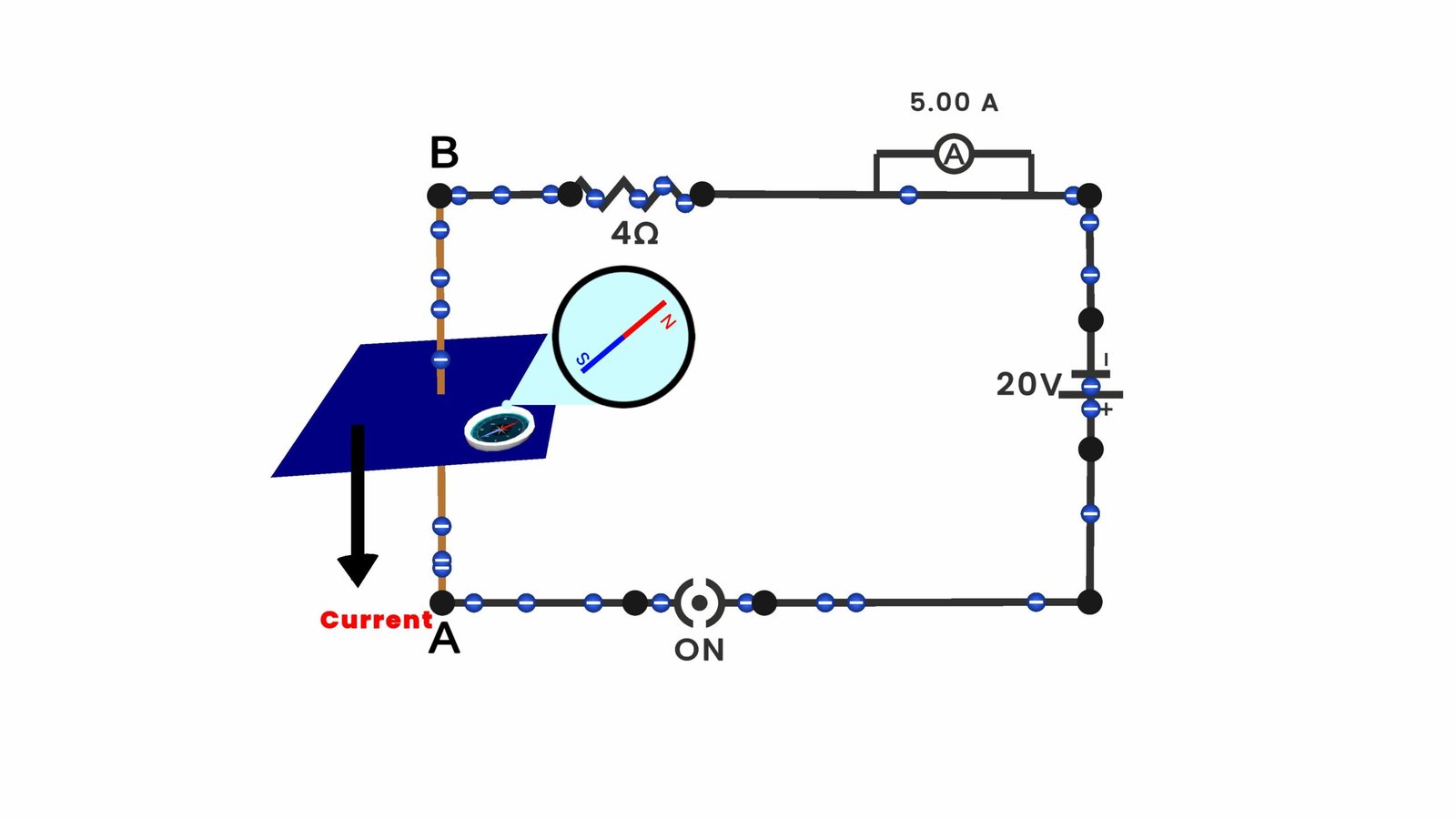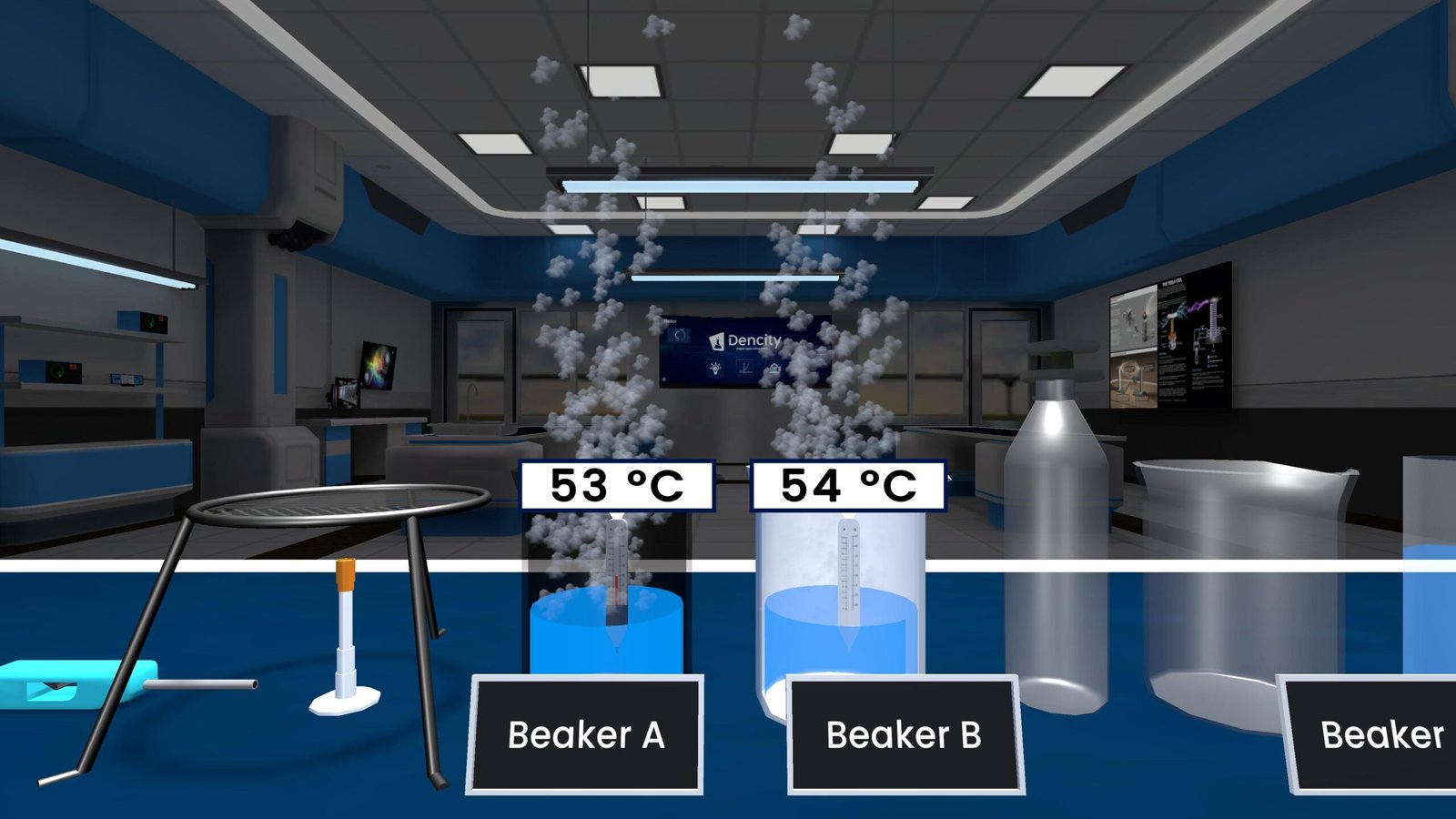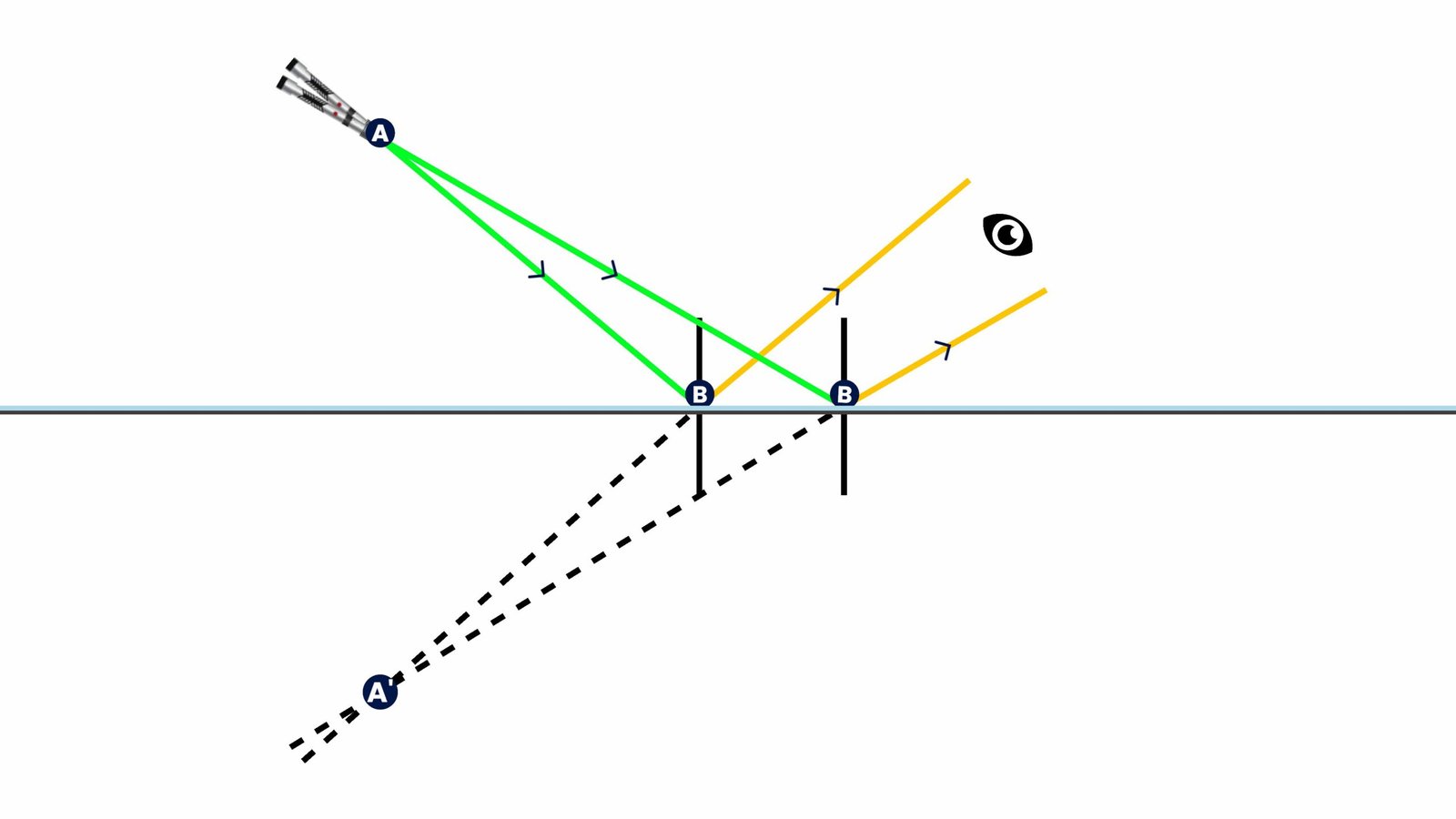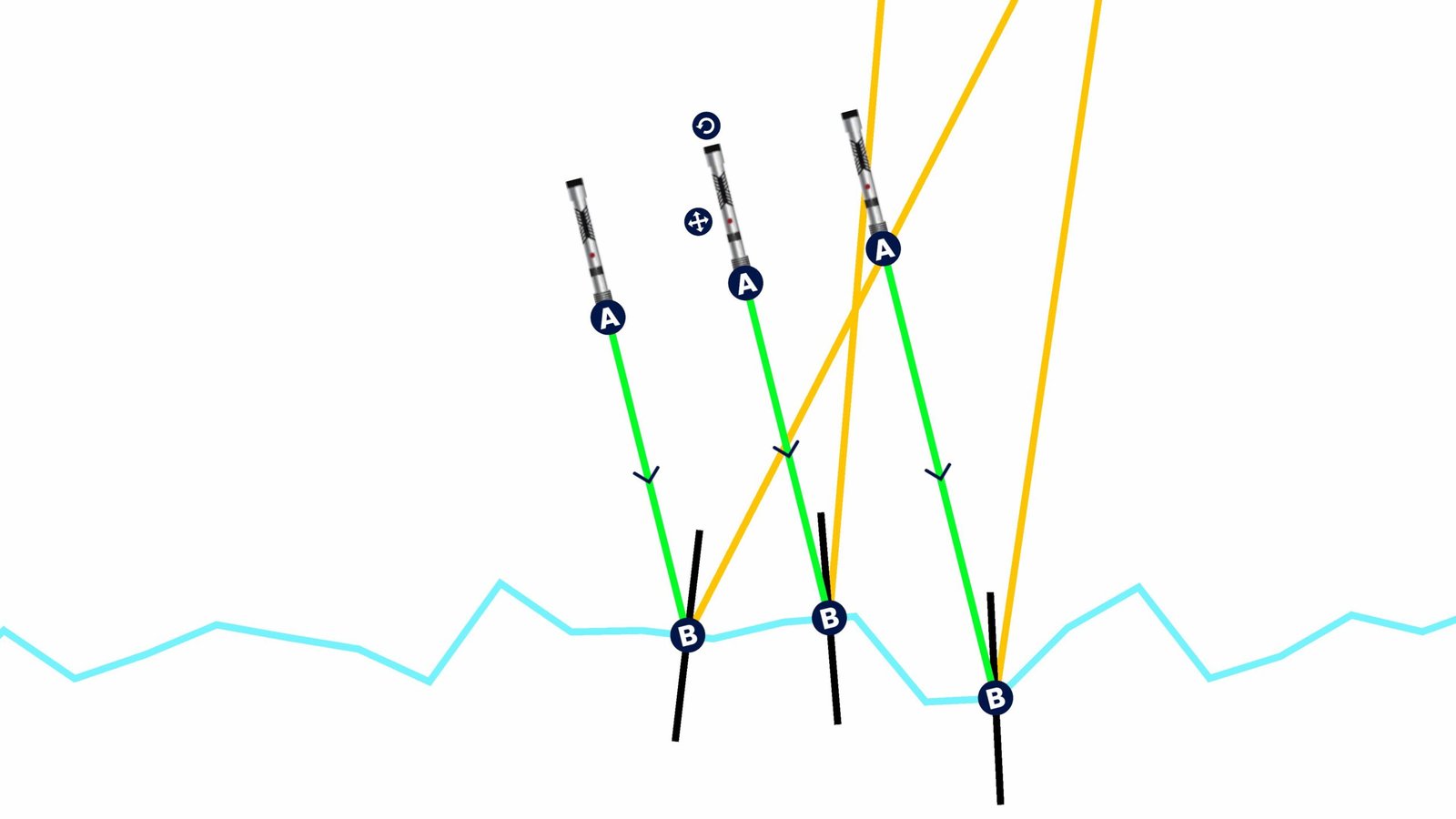Deflection of needle with current
When an electric current flows through a conductor, it creates a magnetic field around it. This fascinating connection between electricity and magnetism is known as the magnetic effect of electric current. You can observe this effect by placing a compass needle near a current-carrying wire—the needle will deflect, proving that an invisible magnetic field has formed.
Theory
In the experiment, a thick copper wire is connected to a power source, and a compass is kept nearby. When the circuit is closed, the current through the wire produces concentric magnetic field lines around it. The Right-Hand Thumb Rule explains the direction: if you stretch your right hand with the thumb pointing along the current, your curled fingers will show the direction of the magnetic field.
This discovery laid the foundation for electromagnetism, which links electricity and magnetism into a single phenomenon.
Real-Life Applications
- Electromagnets used in electric bells and scrapyard cranes
- Electric motors in appliances like fans and washing machines
- Cathode-ray oscilloscopes and CRT displays
- MRI machines in medical imaging
Observations
- If no current flows, the compass needle points in Earth’s magnetic field direction.
- A stronger current produces a larger needle deflection.
- Reversing current reverses the needle’s deflection.
Summary Table
| Condition | Effect on Compass |
|---|---|
| No current | No deflection |
| Current flows | Needle deflects |
| Higher current | Greater deflection |
| Reversed current | Deflection reverses |
Learning with Dencity
Understanding the magnetic effect of electric current is part of Class 10 Science. In traditional labs, handling wires, batteries, and instruments can be time-consuming and sometimes unsafe. With the Dencity app, students can safely perform this experiment in a virtual science lab.
The Dencity virtual lab is available on Android, iOS, and desktop. It provides interactive simulations where students can:
- Change the current strength and observe compass deflection.
- Reverse the current and see how the needle flips direction.
- Visualize magnetic field lines instantly.
This makes science experiments cost-efficient, safe, and highly engaging.
Dencity for Teachers
Dencity promotes interactive teaching by allowing teachers to demonstrate experiments in real-time. Using virtual classrooms, teachers can:
- Hand over experiment control to students for interactive learning.
- Assign homework with instant tracking.
- Use touch panels in classrooms to make lessons more engaging.
Teachers no longer need to worry about lab equipment availability or safety hazards—Dencity handles it all virtually.
Dencity on Interactive Touch Panels
The Dencity app works seamlessly on interactive touch panels, making it perfect for smart classrooms. Teachers can run experiments with simple touch gestures, enhancing interactive learning.
Contact Us
If you are an educational institution, contact us for a customized demo or pricing and explore how Dencity can transform your science lab experience.
Frequently Asked Questions (FAQs)
1. What is the magnetic effect of electric current?
It is the ability of an electric current to produce a magnetic field around the conductor.
2. Who discovered the magnetic effect of electric current?
Hans Christian Ørsted discovered it in 1820.
3. What is the Right-Hand Thumb Rule?
If your thumb points in the current’s direction, the curled fingers show the magnetic field direction.
4. Why does a compass needle deflect near a current-carrying wire?
Because the wire produces a magnetic field that interacts with the compass.
5. What happens if we increase the current?
The magnetic field becomes stronger, causing a larger needle deflection.
6. What if the current is reversed?
The needle deflects in the opposite direction.
7. What are some real-life uses of this effect?
Electromagnets, motors, CRTs, and MRI machines.
8. Which class studies this experiment?
This is part of Class 10 Science.
9. How does Dencity help in learning this experiment?
Dencity provides an interactive virtual lab where students can safely simulate the experiment.
10. Can teachers use Dencity for classroom demonstrations?
Yes, teachers can use interactive teaching tools within Dencity, even on touch panels, for live demonstrations.







